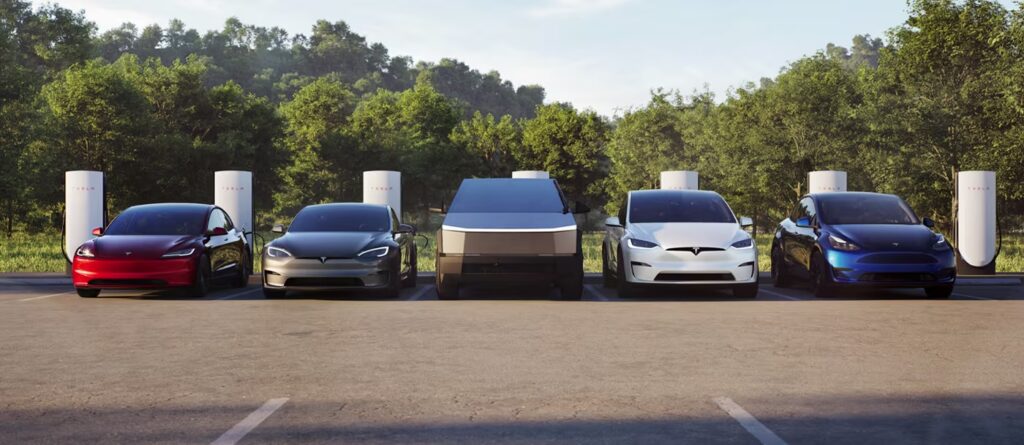Tesla’s January Sales Slowdown: What’s Behind the Numbers
Tesla’s January sales figures have raised concerns among industry watchers, particularly in Europe. However, according to Tesla observer Roland Pircher, the dip in sales can be attributed to production timing and model transitions rather than a decline in demand.
In Europe, the Model 3 is imported from China, and Tesla typically ships cars at the start of the quarter. With shipping times of 4-5 weeks, most new deliveries have not yet arrived, resulting in Tesla selling from existing inventory. Additionally, Tesla is in the process of upgrading the Model Y to the new Juniper version, leading some buyers to hold off on orders until the latest model is available.
In Norway, a key market for electric vehicles with daily sales data, Model 3 sales are actually ahead of last year, likely due to better inventory levels. However, Model Y sales are lagging as the transition period to the new version takes place.
While the January sales slump may be cause for concern for some Tesla fans, the real test will come in March when the first deliveries of the upgraded Model Y begin. Early reports from China suggest strong orders, but global demand remains uncertain.
It’s important not to panic just yet, as the slowdown in January appears to be more of a waiting game than a long-term sales issue. It’s also worth noting that the Lunar New Year began on January 29 and lasts for 15 days, which could have impacted sales as well.
Overall, while Tesla’s January sales may be lower than expected, the reasons behind the slowdown are temporary and related to production and model transitions. As Tesla continues to innovate and release new models, it will be interesting to see how sales trends evolve in the coming months.

